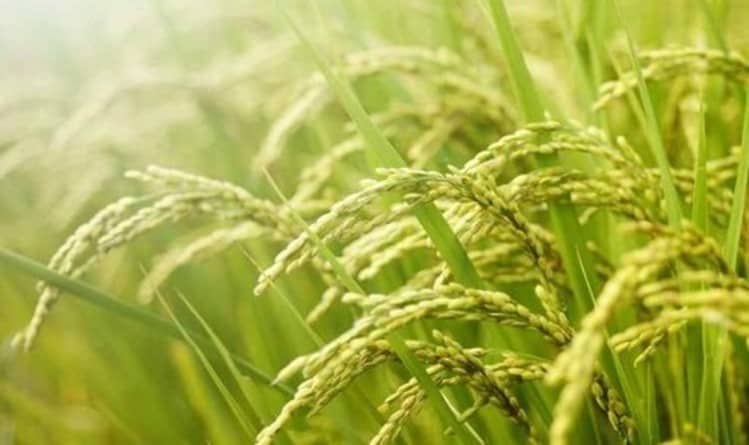Rice farmers around the world face a variety of challenges, with smallholder farms being particularly vulnerable to the risks of drought, flooding, and pests. The world has grown accustomed to hearing about calls for donations after natural catastrophes strike crops, but donor-based funds can be slow to arrive in times of crisis, are not necessarily transparent, and can sometimes be distributed arbitrarily. An alternative is an improved monitoring of rice crops and insurance for farmers. RIICE, Remote Sensing-based Information and Insurance for Crops in Emerging Economies, is a public-private development partnership project that is working to improve food security by supporting smallholder rice farmers in Southeast Asia through satellite technology and crop yield insurance.
Currently planned to run through 2015, RIICE monitors the growth of rice in South and Southeast Asia using satellite data from the European Space Agency and other partners. This information is made available to governments and NGOs to provide accurate and timely information on rice crop area and production for applications in planning and responses to natural catastrophes.
According to the Swiss Agency for Development and Cooperation (SDC), “increased frequency and severity of flood and drought events due to changing climatic patterns has led to increasing insecurity and instability of crop production,” and “globally, 20 million hectares (49 million acres) of rice fields are vulnerable to flooding, including the major rice producing areas in Asia.” RIICE works together with national governments to mitigate the risks associated with natural disasters by involving the private insurance sector. This relieves governments and farmers of some of the inherent agricultural risk.
Rice yields are forecast-based, on information gathered by rice researchers at the IRRI (International Rice Research Institute), and experts at Swiss-based partner technology organization, sarmap. Concerning the insurance for smallholder farmers, the SDC notes, “these new technologies offer an effective way to generate key information on crops, on acreage planted, on growth and yield development, and to assess crop damages and losses caused by droughts and floods.”
With the continued involvement of IRRI, sarmap, the German Development Organization (GIZ), and Allianz Reinsurance, SDC believes that the RIICE project could be scaled up worldwide, while maintaining a focus on smallholder farmers and poverty-stricken individuals.













